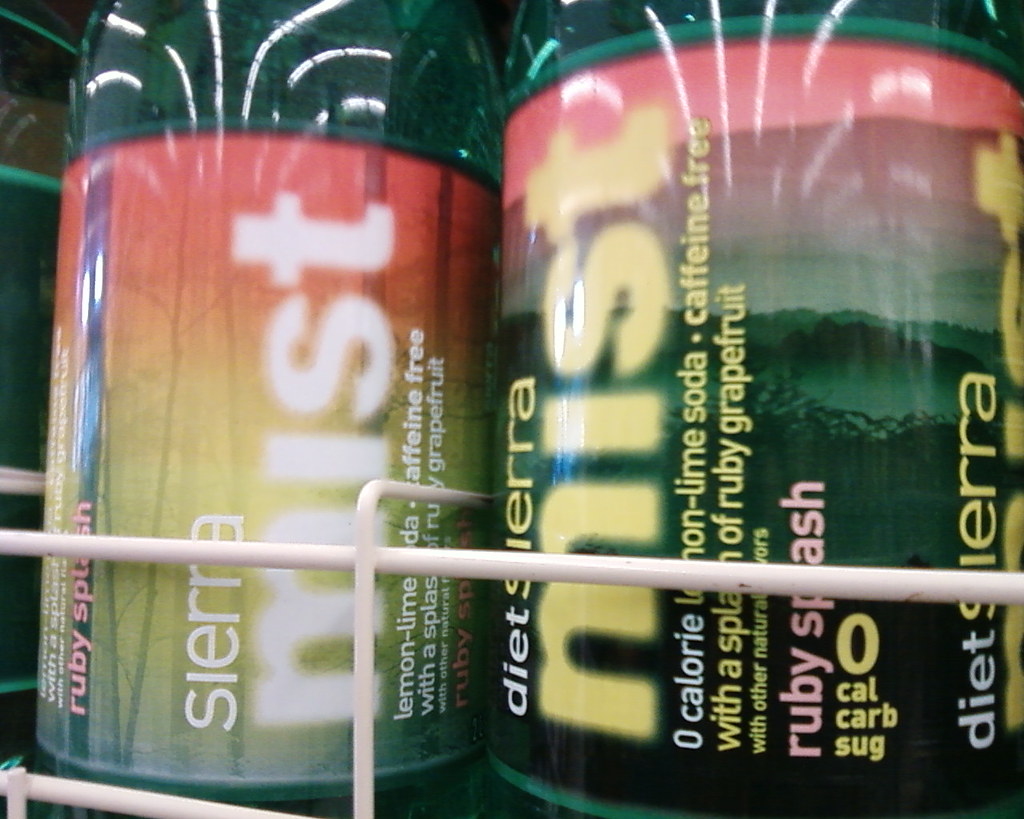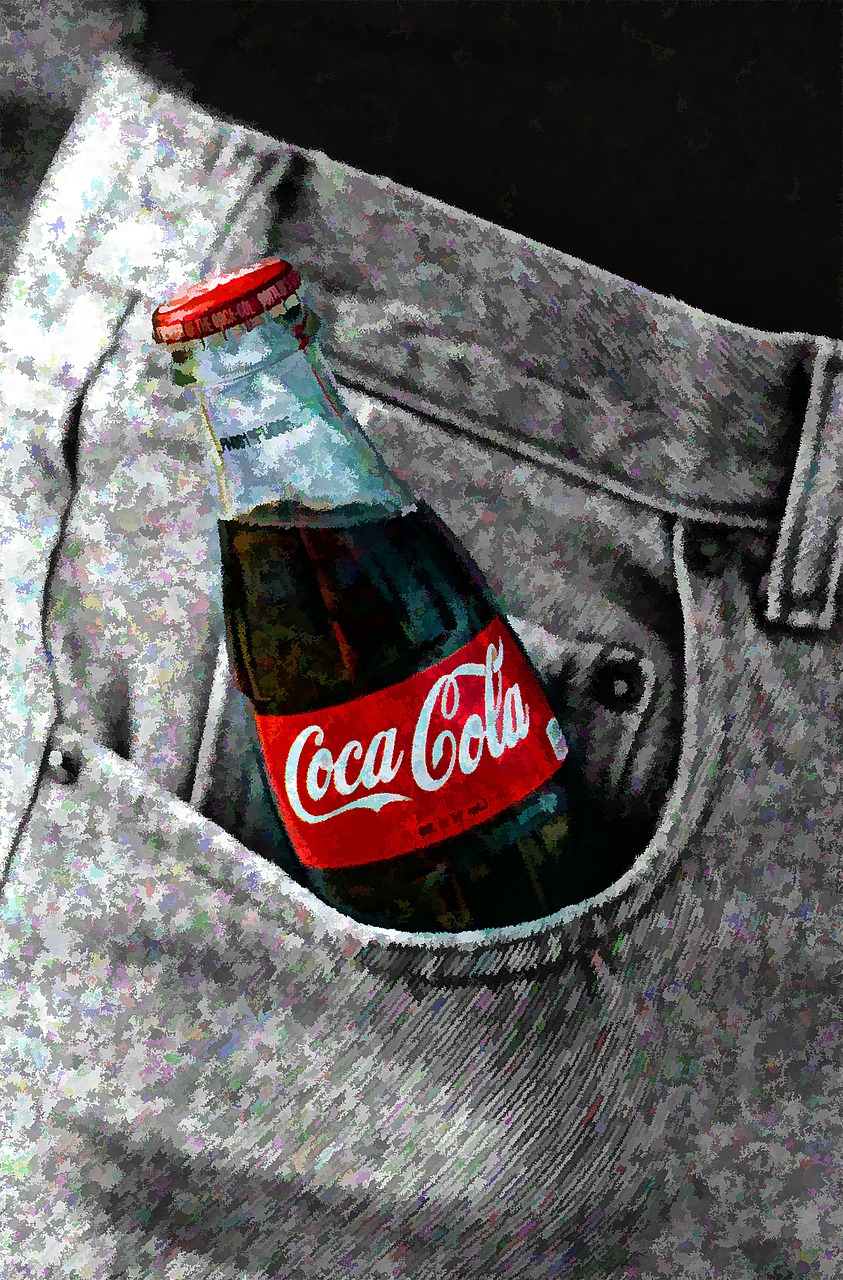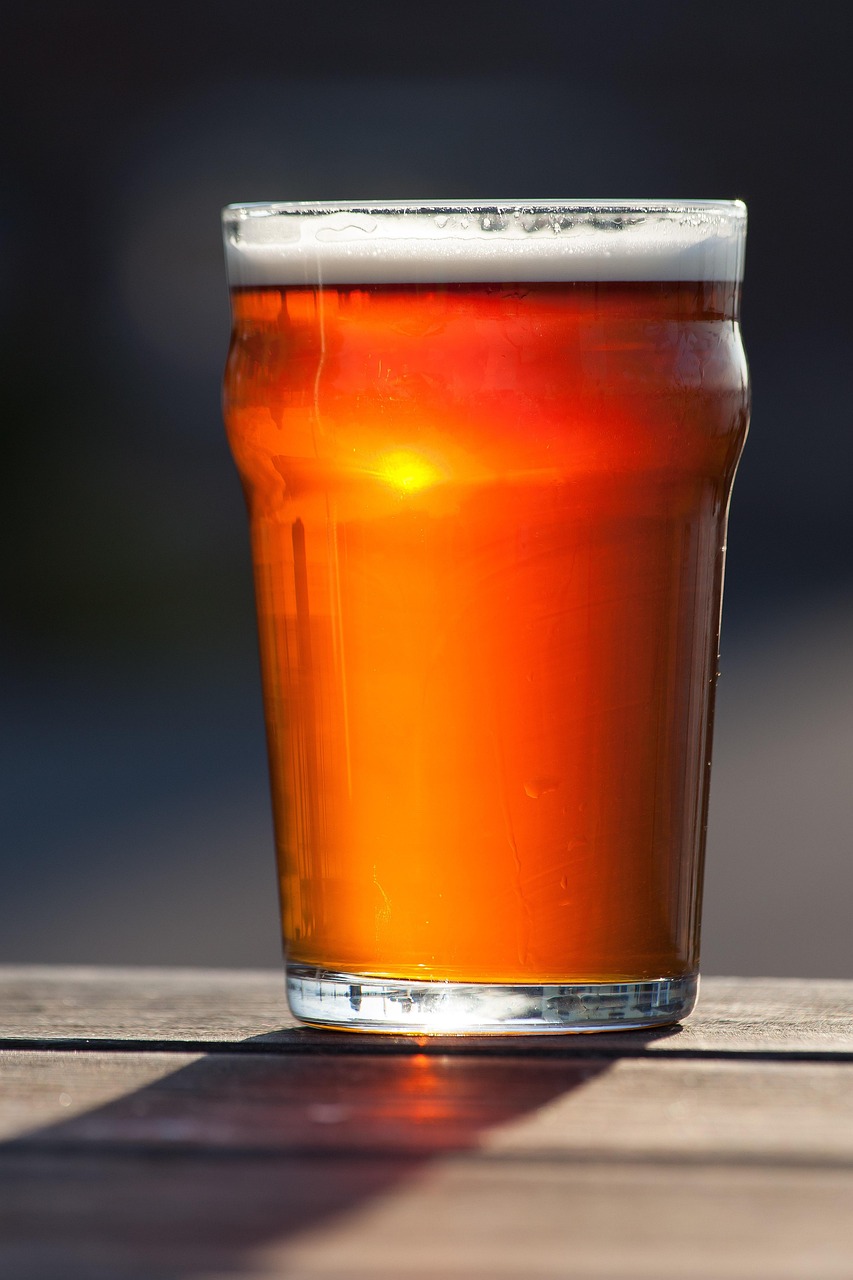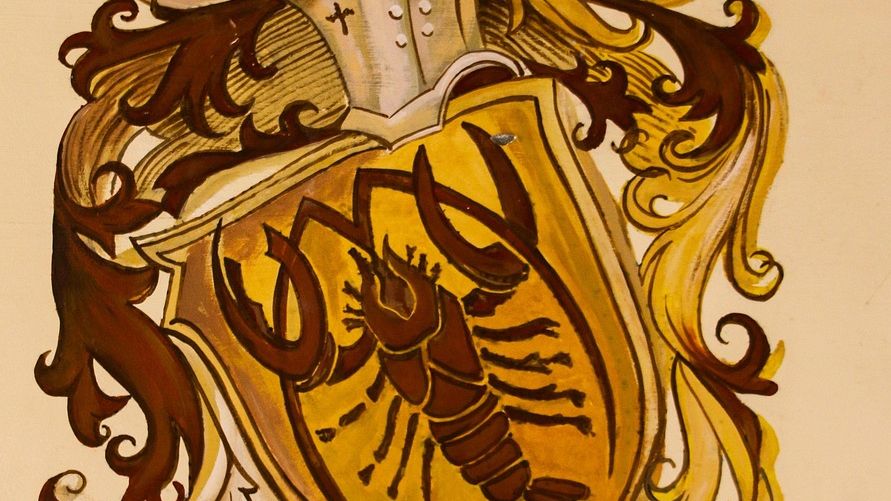Sierra Mist: The Lemon-Lime Underdog That Couldn’t Compete

Sierra Mist was introduced by Pepsi in 1999 and later distributed nationwide in 2003. In a world that also had Sprite and 7UP, Sierra Mist failed to gain much ground. Sporked called the soda “the clear ‘also ran’ in its category.” Sierra Mist was pulled from shelves in January of 2023 when it was replaced with Pepsi’s latest entry into the lemon-lime soda market, Starry.
For over two decades, Sierra Mist tried desperately to carve out its place in the crowded lemon-lime soda market. The clear, caffeine-free beverage positioned itself as a natural alternative to Sprite and 7UP, but it never managed to make a significant dent in their market dominance. Despite Pepsi’s marketing efforts and attempts at rebranding, including a brief stint as “Mist Twist” in 2016 and 2018, the soda struggled to find its identity.
Sierra Mist lagged behind Sprite in sales for years and never meaningfully cut into its market share. Prior to canning Sierra Mist for good, Pepsi tried rebranding it multiple times in 2016 and 2018. It didn’t catch on and even added confusion, causing Pepsi to formally discontinue Sierra Mist in 2023. According to a CBS News report, Starry was promised by Pepsi to have citrus flavors “that are more true to fruit and more aromatic.”
Aha Sparkling Water: Coca-Cola’s Expensive Fizzle

Aha, which Coca-Cola launched in March 2020 to compete with brands like LaCroix and PepsiCo’s Bubly, was the beverage giant’s first major brand debut since 2006. It has suffered from declining sales since the first quarter of 2023, according to figures published by Beverage Digest. The ambitious sparkling water brand featured unique flavor combinations like Lime + Watermelon and Blueberry + Pomegranate, but it never managed to bubble up to success.
Sales fell 42% in the first quarter of 2023, according to Beverage Digest. LaCroix remains the leader in the sparkling water space, with 14% of category sales in the first quarter, according to the outlet. Bubly, launched by Coca-Cola rival PepsiCo in 2017, held 7.5%, while Aha only had 1.9% of sales in the space, Beverage Digest said.
The Coca-Cola Company will cut back on U.S. distribution of its Aha Sparkling Water products, a company spokesperson told Food Dive. In 2024, the beverages will only be available in “focused channels” and in Coca-Cola Freestyle machines, and will continue to be sold in Canada, it said. Sales of Aha took a sharp hit this year, especially after the discontinuation of the caffeinated varieties and when grocery chain Publix removed the brand from its shelves. In the first quarter of 2023, Aha sales plummeted by 42%, according to Beverage Digest.
Coca-Cola Spiced: The Permanent Flavor That Wasn’t

Perhaps no recent drink discontinuation was more surprising than Coca-Cola Spiced. Coca-Cola is discontinuing production of its Spiced flavor after only five months in the market, the beverage giant said in an email to Food Dive. It said it plans to “phase out Coca-Cola Spiced to introduce an exciting new flavor in 2025.” Spiced was meant to be the Coca-Cola brand’s first permanent offering in more than three years.
The soda, which combined traditional Coke flavor with raspberry and “spiced” flavors, started appearing on shelves in February. The short lifespan of Spiced is surprising, because the company promoted it as a permanent flavor. Coca-Cola didn’t provide a specific reason for axing Spiced, although lack of awareness of the new offering and confusion about the flavor (it wasn’t actually spicy) probably contributed to lackluster sales.
Coca-Cola’s North American marketing chief Shakir Moin told The Associated Press in February that Coca-Cola Spiced was developed in just seven weeks. It usually takes a year for Coke to come up with a new beverage. The rushed timeline might explain why the product felt so disconnected from consumer expectations. Many people expected “spiced” to mean hot or peppery, but instead got a raspberry-flavored cola that tasted nothing like what the name suggested.
Anchor Steam Beer: America’s Oldest Craft Brewery Closes Forever

Anchor Brewing, which had been America’s oldest craft brewer with 127 years in business, closed down in July and marked the end of its flagship Anchor Steam and other beloved beers. The San Francisco-based company blamed its closure on a “combination of challenging economic factors and declining sales since 2016,” a press release said. This wasn’t just another product discontinuation – it was the death of an entire brewery that helped birth America’s craft beer movement.
Some fans also blame mismanagement under Sapporo, the Japanese beer company that bought it in 2017, for its demise. It was another blow for the craft brewing industry, which in particular, has been struggling for a variety of reasons including changing consumer habits, rising costs and lingering supply-chain challenges.
Anchor Steam wasn’t just any beer – it was a San Francisco institution that survived Prohibition, earthquakes, and countless economic downturns. The brewery pioneered steam beer, a unique California style that fermented lager yeast at warmer temperatures. Its distinctive flavor and historic copper kettles became symbols of American craft brewing innovation. When Anchor closed its doors, it represented more than just the loss of one brand; it symbolized the challenges facing traditional breweries in an increasingly crowded and competitive market.
The beverage industry never stops moving, and these four disappearances remind us that nothing is truly permanent on store shelves. Whether it’s market competition, changing consumer tastes, or corporate reshuffling, even the most promising drinks can vanish faster than you can finish your last sip.




